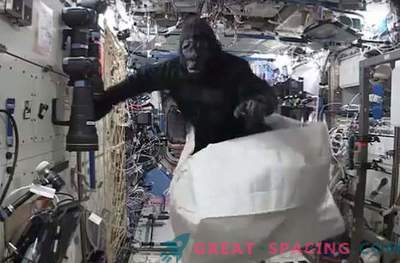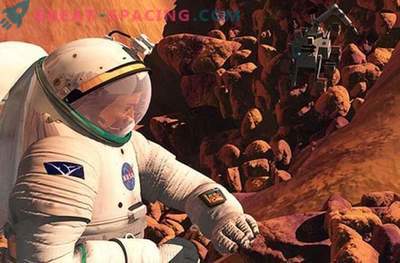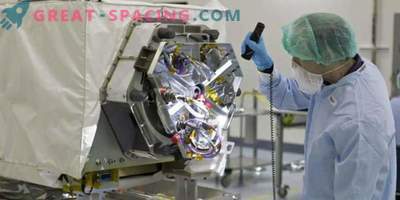
At the end of 2018, thousands of worms will go to the ISS to enable scientists to obtain more data on the loss of muscle mass caused by space flight. This is the first British experiment to be conducted on the territory of the orbital station. A better understanding of the process will create effective methods for treating muscular dystrophy.
The study will also touch upon the issue of muscle loss due to aging and even contribute to improving the treatment of diabetes. Agree that you did not expect such breakthrough actions when using ordinary worms. This project can be called the first of its kind, which will have a positive impact on the health of not only astronauts and colonists, but also ordinary earthlings.
Space flight is an extreme environment that activates many negative changes in health. Moreover, astronauts risk losing up to 40% of muscle mass in 6 months in space. However, this is the best opportunity to study the aging process of the body.
The experiment uses microscopic worms Caenorhabditis elegans. They are suitable because they share many of the main human biological characteristics and are subject to the influence of biological transformations in space (including muscle changes and the ability to use energy). Worms at the molecular level (structurally and metabolically) strongly resemble people, therefore they are suitable for testing the effects of space flight. In addition, they are small, cheap, grow fast, hardy and easy to maintain. Molecular muscular experiment aims to study the causes of neuromuscular contraction in space. The analysis will attempt to identify the exact molecules that cause muscle problems during a space flight.
Now scientists are preparing worms for a future trip. They are in liquid bacterial feed and sealed in a special gas-permeable plastic bag. Then these packages will be located in a special incubator. Worms will multiply in space and after growing up (6.5 days) will be frozen until they return to Earth. We can say that this is an accelerated model of the human aging process.











































